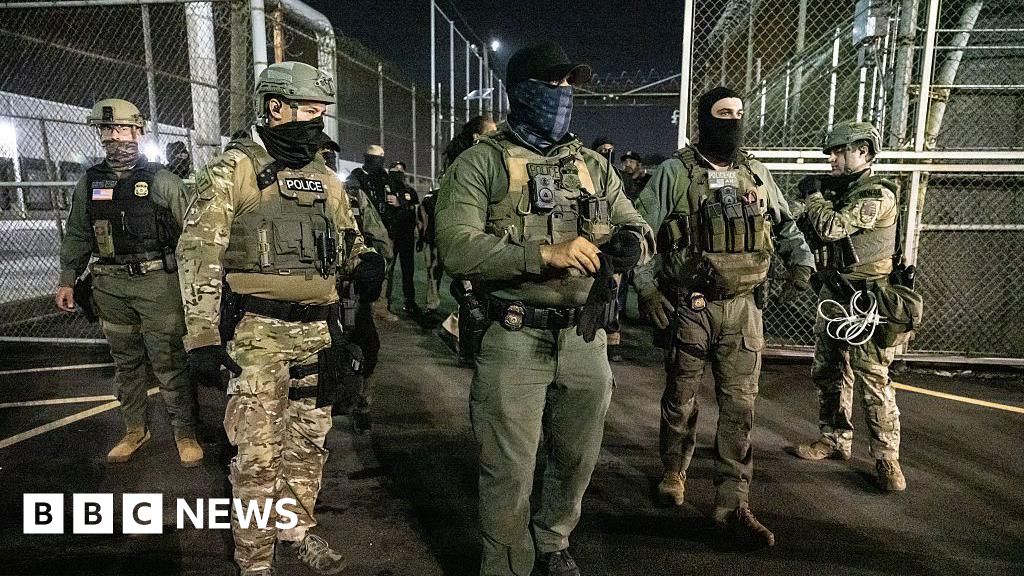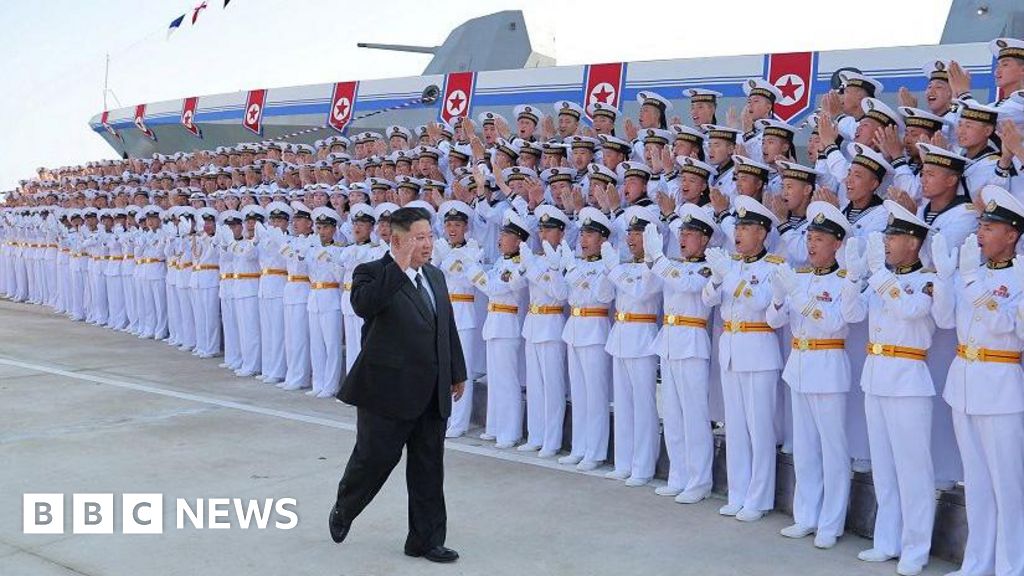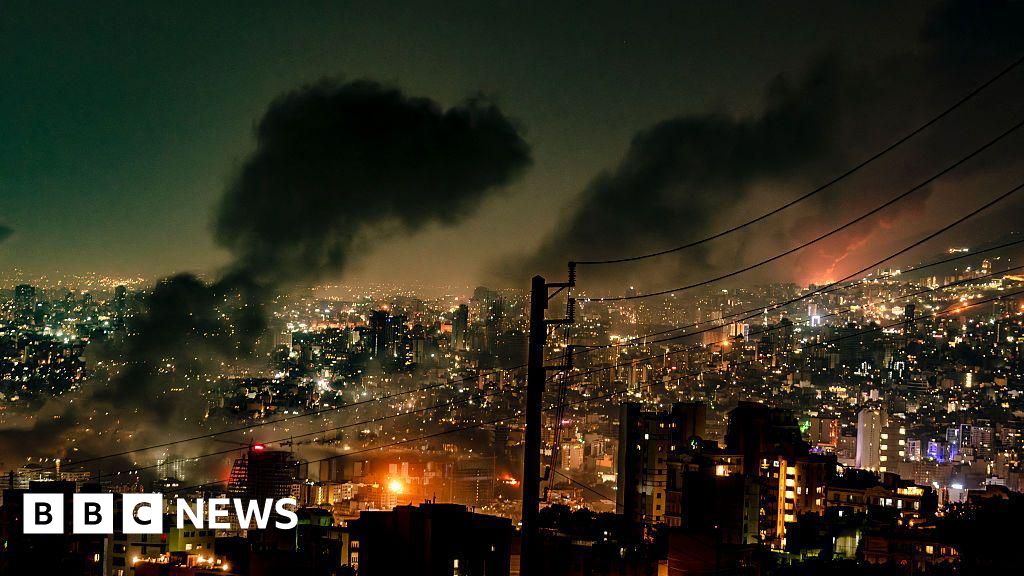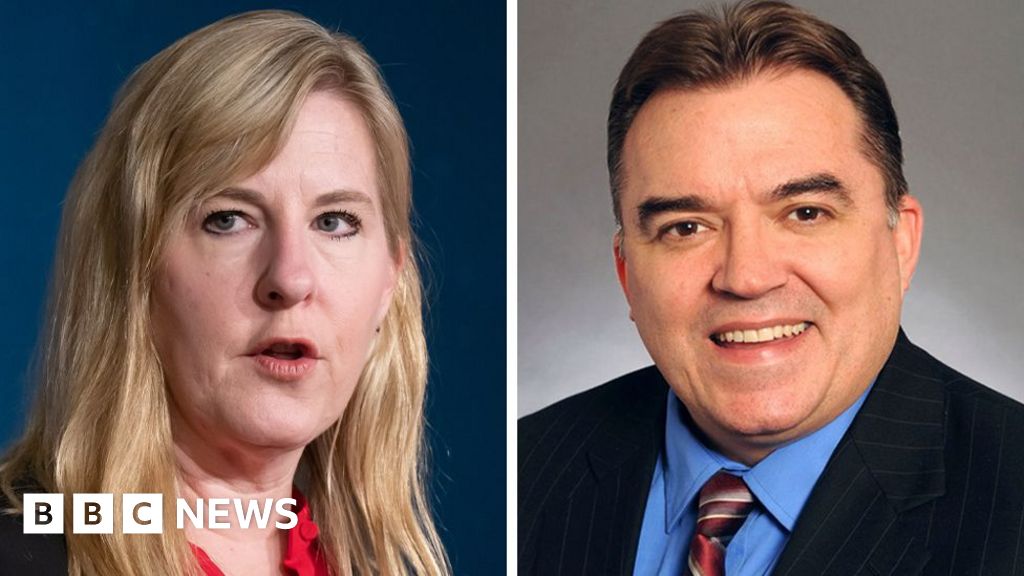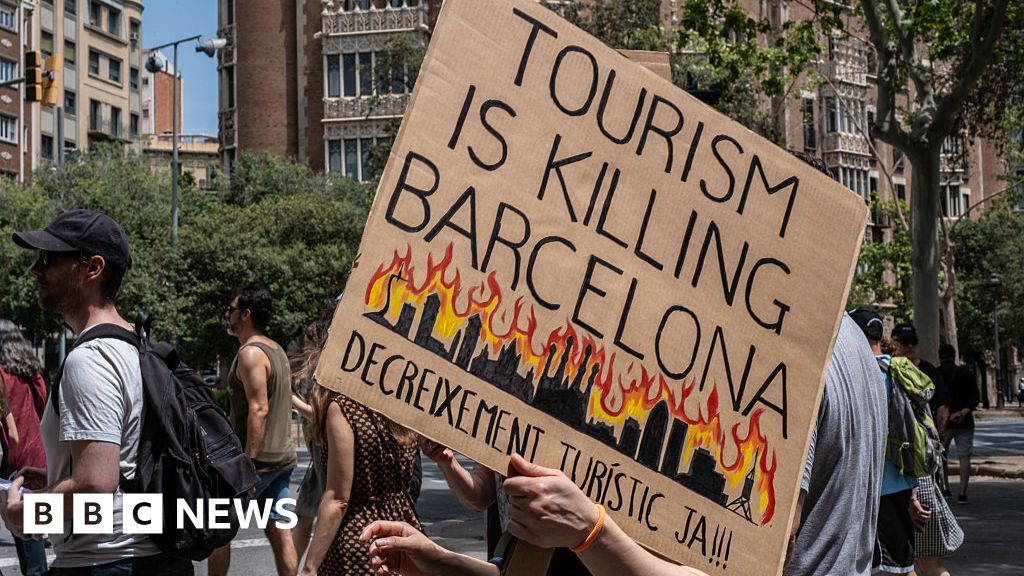The transition from one pope to the next can be a mystifying time for those who aren’t familiar with the workings of the Roman Catholic Church — and even to some who are.
The process is governed by centuries-old rules and traditions that come with their own vocabulary, much of it in Latin. The election of a new pope is likely to play out over weeks or months as a small group of Catholic prelates decides on the next leader of a global flock of more than a billion faithful.
With the first papal transition in more than a decade underway following the death of Pope Francis, who was laid to rest on Saturday, here are some terms to know:
Conclave
This is the meeting of cardinals, set to begin next month, that will elect the next pope. The word comes from the Latin “with key,” and refers to the isolation imposed on the men (and they have always been men) as they make their decision inside the Vatican. They cannot leave the conclave except in rare cases, and phones, the internet and newspapers are not allowed.
The cardinals vote by secret ballot until a two-thirds majority is reached, and a new pope is elected. The process was recently dramatized in the movie “Conclave,” which papal experts said presented a fairly accurate depiction. (The New York Times has written about some of the possible contenders.)
College of Cardinals
Cardinals, known as the “princes of the church,” are the second-highest ranking Catholic prelates, and together they are known as the College of Cardinals. There are 252 cardinals, appointed by the pope to assist and advise him on Church affairs, and when a pope dies, it falls to the college to choose a successor.
The word cardinal comes from the Latin “cardinalis,” which means “serving as a hinge.”
The group is led by a dean, a position currently held by Giovanni Battista Re, a 91-year-old Italian who has spent most of his career serving in the Roman curia. He will preside over the meetings that lead up to the conclave but will not attend the gathering, as only cardinals under the age of 80 are eligible to vote for pope.
Camerlengo
The camerlengo, appointed by the pope before his death, is a cardinal who administers the Vatican from the moment the pontiff dies until a successor is elected, and who oversees many of the tasks of the transition.
His duties include removing the pope’s ceremonial ring — known as the fisherman’s ring — after his death, sealing his study and bedroom and presiding over his internment.
The Italian word comes from the Medieval Latin “camarlingus,” which means chamberlain. The position is currently held by Cardinal Kevin Joseph Farrell, a 77-year-old American who was born in Ireland.
Sede vacante
This is the period between pontiffs and comes from a Latin phrase meaning “the seat is empty.” During this time, with the camerlengo serving as the Vatican’s de facto administrator, the College of Cardinals keeps general oversight of the Church, but is not allowed to make any major decisions.
The longest sede vacante, according to the historian Salvador Miranda, was more than two years and seven months, the result of infighting between French and Italian factions of the cardinals, and ended in 1271 with the election of Gregory X.
White smoke
After rounds of voting in the conclave, the ballots are burned. Wisps of smoke emerge from a chimney above the Sistine Chapel, and onlookers who gather outside watch for a sign that the cardinals have made a decision.
If the smoke is colored black, it means they are deadlocked. White smoke means a new pope has been elected. Chemicals are used to change the color, although in 2005, the Vatican also began ringing the bells of St. Peter’s Basilica to confirm that a decision had been made.
‘Habemus papam’
When a new pope is chosen, he emerges, dressed in a white cassock, on a balcony of St. Peter’s Basilica. A senior cardinal stands with him and proclaims, “Habemus papam,” a Latin phrase meaning, “We have a pope.”
Source link

